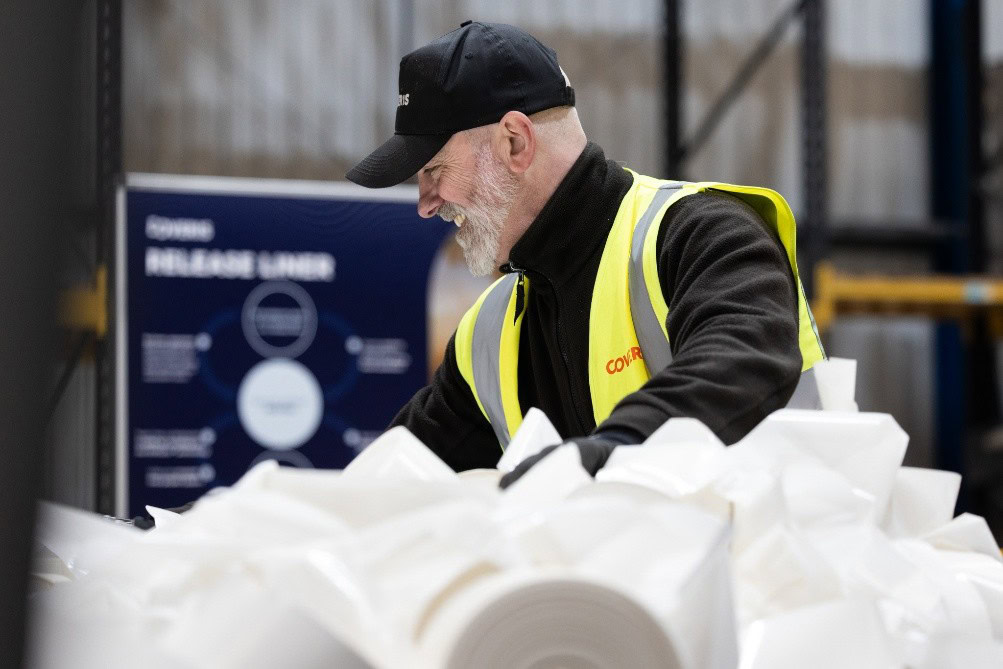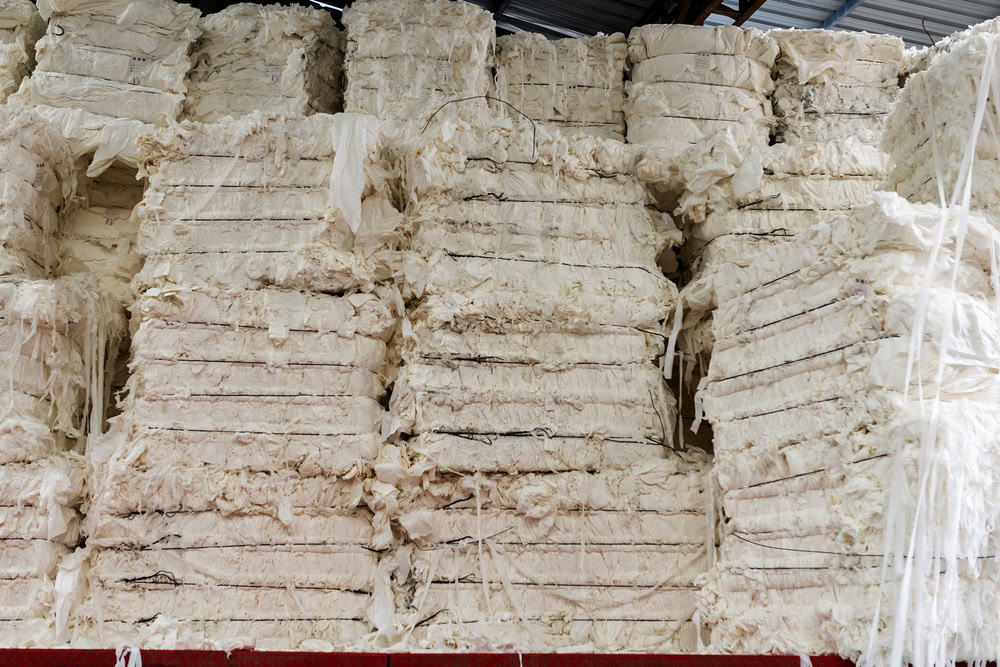Paper manufacturing giant UPM will work closely with local authorities to ensure quality input material for the £17 million materials recycling facility its is developing at Shotton in North Wales.
The development, which was first announced in January 2010 and marks something of a departure for the paper giant (see letsrecycle.com story), will involve UPM putting quality at the “forefront” of the plant.
The 200,000 tonnes-a-year facility is set to be able to handle a range of materials including card, plastic bottles, mixed plastics, aluminium and steel cans, glass and, potentially Tetra-Paks. The main material sorted will be recovered paper, which is expected to account for 120,000 tonnes of feedstock each year. This will provide around 20% of the overall raw paper needs of the adjacent Shotton newsprint mill.
Commenting on the development Craig Robinson, head of recovered paper sorting at UPM, said: “I often state to local authorities that they must see themselves as part of a bigger supply chain and it is not just about collection at the households, it is about linking to the reprocessing and we have got to look at the end use.”
“[The MRF] allows us to develop more access to the supply chain and that is all about quality, we also want to create high quality recovered materials for other end users, for other reprocessors.”
Quality
Mr Robinson also stated that UPM would be constructing a ‘quality testing' building at the Shotton site, which would allow it to research and assess the composition of material delivered to the MRF. This information would then be relayed to councils and used to help improve the quality of inputs.
He said: “We think that is quite important in both the testing the in-bound material and the out-bound material going to the end customers. So we will be able to take large examples of commingled material, separate it out and report a composition analysis back to the local authorities. In particular to tell them what they are giving us.”
The Finnish-owned firm said that construction of the facility is on course to achieve its predicted operational start date of January 2010 (see letsrecycle.com story). UPM also revealed that material trials for the plant are due to take place in December this year.
Glass
In addition to working with councils, Mr Robinson said that the firm was being proactive in efforts to minimise the detrimental impact of glass sorted on the recovered paper. The firm had stated at the outset of the development that it did not intend to seek glass as a source but would have mechanisms to remove it.
He said: “We are able to take commingled with glass which for us as a paper manufacturer has a quite long-standing view of glass as a contaminant in paper manufacturing and it is a problem because it is an abrasive material – it wears out conveyors and wears out parts more aggressively.
“It is important that any MRF that has glass effectively removes it. So we have built in a quite extensive glass removal at the front end.”
Further stressing the importance of quality material, Mr Robinson said: “We have put a lot of effort into the front end pre-sort. We see that as critical. That will allow us to present all the material to the MRF process so that it could be best used, so we are removing any particular contamination that is there.”









Subscribe for free